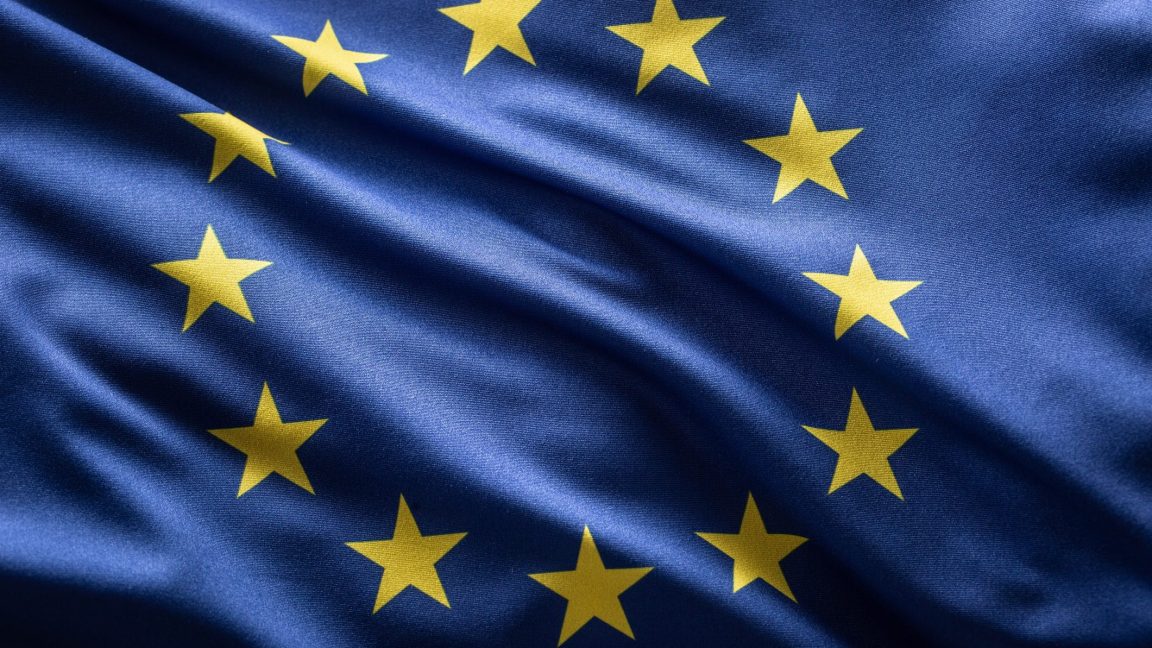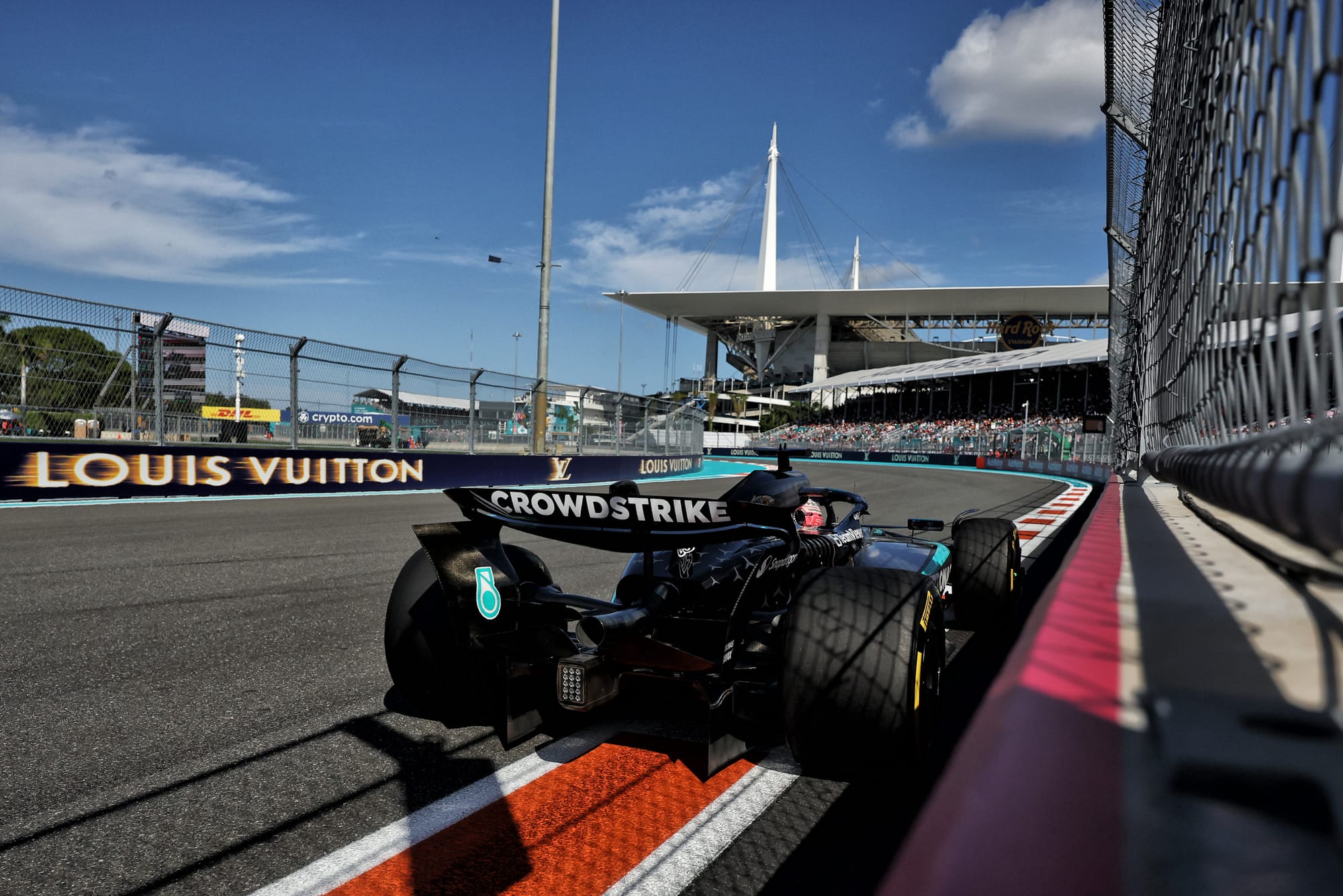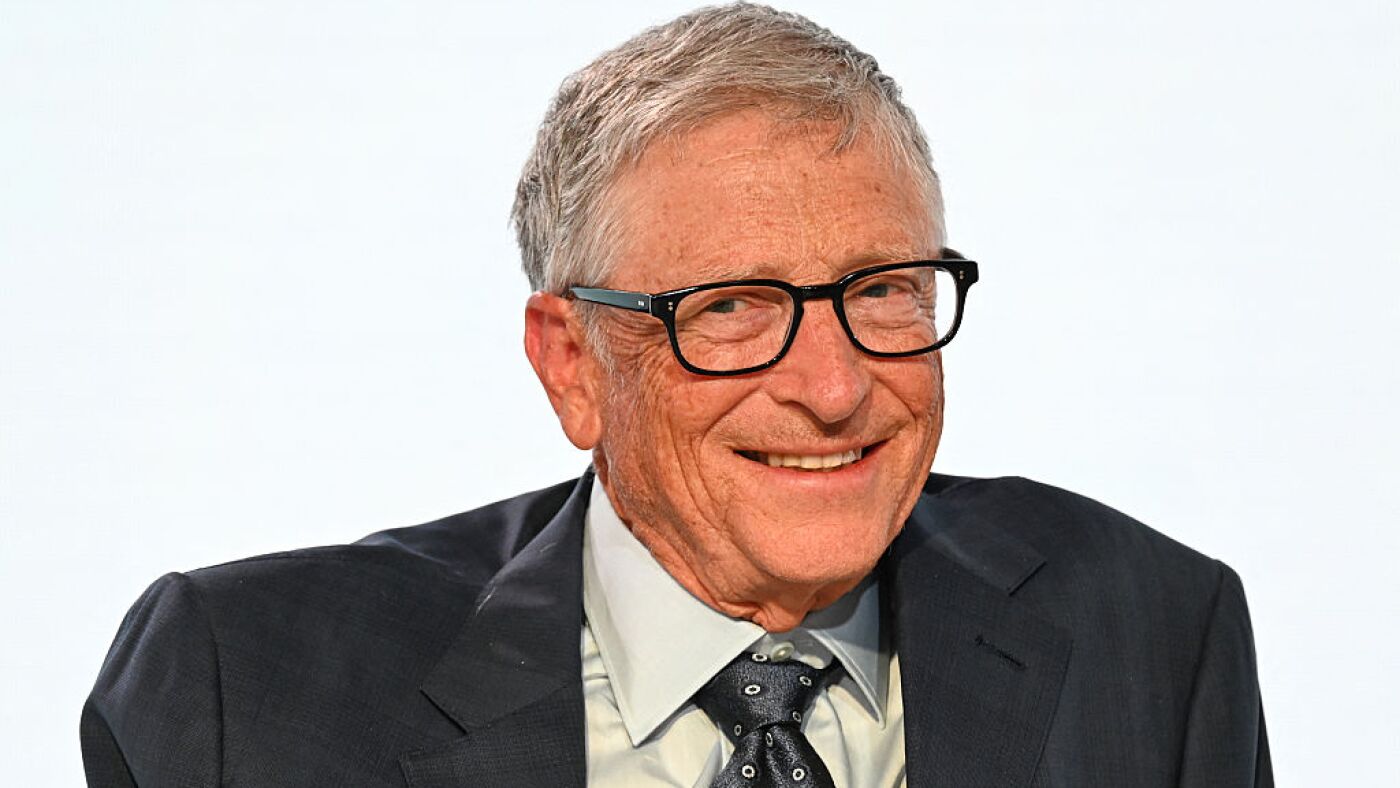Exploring SuperRare and Blockchain-Based License Compliance: Revolutionizing Digital Art Licensing
Abstract This post explores how SuperRare, a leading digital art marketplace, leverages blockchain technology to address license compliance challenges in digital art. By combining secure ownership verification, transparent provenance, and automated royalty management via smart contracts, SuperRare is transforming the legal and technological landscape of artistic distribution. In this post, we discuss the background of digital art licensing, core blockchain concepts, practical use cases, challenges that remain, and the future innovations that promise to evolve this ecosystem even further. Introduction The rapid evolution of blockchain technology has reshaped many industries, not least the digital art market. Platforms like SuperRare have emerged as pioneers in using blockchain for license compliance and artist empowerment. By harnessing decentralization, provable ownership, and smart contracts, SuperRare redefines how digital art is bought, sold, and validated. This approach not only ensures compliance with intellectual property rights but also provides artists with better control over their work and revenue streams. In today’s post, we will unpack how blockchain-based license compliance works, explore its benefits and challenges, and highlight its future potential in a rapidly changing digital landscape. For an in-depth look at the original concept, check out the SuperRare on License Compliance with Blockchain article. Background and Context Digital art continues to flourish alongside the rise of non-fungible tokens (NFTs) and blockchain innovations. Traditional digital art licensing has long faced hurdles, including unauthorized use, difficulties in tracking ownership, and ambiguous royalty management. To counter these issues, blockchain offers a distributed ledger mechanism enabling transparent and immutable records. What is License Compliance? License compliance involves ensuring that digital assets are used strictly according to the terms set by their creators. Intellectual property (IP) rights are protected when licensing is enforced effectively. More on licensing in the digital art world can be explored here. Challenges with Traditional Licensing Historically, digital licensing used centralized systems vulnerable to manipulation and lacked transparency. Some critical challenges include: Unauthorized use: Digital artworks can be easily copied and shared online. Tracking issues: Verifying ownership and provenance often relies on manual processes. Revenue loss: Artists often miss out on secondary sale royalties due to inefficient licensing protocols. Blockchain technology offers a solution by making every transaction and ownership record immutable and publicly verifiable. Core Concepts and Features Blockchain-based license compliance opens new avenues for managing digital rights. Below are several key concepts that SuperRare and similar platforms use: Blockchain and Decentralization Blockchain operates as a decentralized ledger that records each transaction and change of ownership. This decentralization eliminates reliance on a central authority and minimizes potential fraud. Provable Ownership and Transparent Provenance Using blockchain, every digital asset gets a unique record, establishing clear ownership history. This record: Prevents double-selling or unauthorized reproduction. Builds trust among collectors and digital art enthusiasts. For a deeper dive into ownership verification using blockchain, see Blockchain and Intellectual Property. Smart Contracts for Automated Licensing Smart contracts are self-executing agreements with licensing terms embedded directly in the code. They ensure that: Royalty management is automated. Artists receive a predetermined percentage on every secondary sale. Learn more about smart contracts by visiting Smart Contracts on Blockchain. Royalty Management SuperRare incorporates blockchain-based royalty management to ensure that artists continue to earn rewards from their work even after the initial sale, making the system more sustainable for creators. Applications and Use Cases Blockchain-based license compliance is not just theoretical—it is being applied in several practical scenarios. Here are a couple of key use cases: Artist Empowerment and Revenue Sharing Emerging artists on platforms like SuperRare enjoy: Full control over their creative works Automated royalty payments without intermediaries This not only incentivizes creation but also ensures that intellectual property rights are respected. Collector Confidence and Market Transparency Collectors benefit from: Robust verification processes that establish genuine provenance. Transparent records, which reduce disputes over ownership and authenticity. Practical Examples Here’s a bullet list summarizing practical uses: Tran

Abstract
This post explores how SuperRare, a leading digital art marketplace, leverages blockchain technology to address license compliance challenges in digital art. By combining secure ownership verification, transparent provenance, and automated royalty management via smart contracts, SuperRare is transforming the legal and technological landscape of artistic distribution. In this post, we discuss the background of digital art licensing, core blockchain concepts, practical use cases, challenges that remain, and the future innovations that promise to evolve this ecosystem even further.
Introduction
The rapid evolution of blockchain technology has reshaped many industries, not least the digital art market. Platforms like SuperRare have emerged as pioneers in using blockchain for license compliance and artist empowerment. By harnessing decentralization, provable ownership, and smart contracts, SuperRare redefines how digital art is bought, sold, and validated. This approach not only ensures compliance with intellectual property rights but also provides artists with better control over their work and revenue streams.
In today’s post, we will unpack how blockchain-based license compliance works, explore its benefits and challenges, and highlight its future potential in a rapidly changing digital landscape. For an in-depth look at the original concept, check out the SuperRare on License Compliance with Blockchain article.
Background and Context
Digital art continues to flourish alongside the rise of non-fungible tokens (NFTs) and blockchain innovations. Traditional digital art licensing has long faced hurdles, including unauthorized use, difficulties in tracking ownership, and ambiguous royalty management. To counter these issues, blockchain offers a distributed ledger mechanism enabling transparent and immutable records.
What is License Compliance?
License compliance involves ensuring that digital assets are used strictly according to the terms set by their creators. Intellectual property (IP) rights are protected when licensing is enforced effectively. More on licensing in the digital art world can be explored here.
Challenges with Traditional Licensing
Historically, digital licensing used centralized systems vulnerable to manipulation and lacked transparency. Some critical challenges include:
- Unauthorized use: Digital artworks can be easily copied and shared online.
- Tracking issues: Verifying ownership and provenance often relies on manual processes.
- Revenue loss: Artists often miss out on secondary sale royalties due to inefficient licensing protocols.
Blockchain technology offers a solution by making every transaction and ownership record immutable and publicly verifiable.
Core Concepts and Features
Blockchain-based license compliance opens new avenues for managing digital rights. Below are several key concepts that SuperRare and similar platforms use:
Blockchain and Decentralization
Blockchain operates as a decentralized ledger that records each transaction and change of ownership. This decentralization eliminates reliance on a central authority and minimizes potential fraud.
Provable Ownership and Transparent Provenance
Using blockchain, every digital asset gets a unique record, establishing clear ownership history. This record:
- Prevents double-selling or unauthorized reproduction.
- Builds trust among collectors and digital art enthusiasts.
For a deeper dive into ownership verification using blockchain, see Blockchain and Intellectual Property.
Smart Contracts for Automated Licensing
Smart contracts are self-executing agreements with licensing terms embedded directly in the code. They ensure that:
- Royalty management is automated.
- Artists receive a predetermined percentage on every secondary sale.
Learn more about smart contracts by visiting Smart Contracts on Blockchain.
Royalty Management
SuperRare incorporates blockchain-based royalty management to ensure that artists continue to earn rewards from their work even after the initial sale, making the system more sustainable for creators.
Applications and Use Cases
Blockchain-based license compliance is not just theoretical—it is being applied in several practical scenarios. Here are a couple of key use cases:
Artist Empowerment and Revenue Sharing
Emerging artists on platforms like SuperRare enjoy:
- Full control over their creative works
- Automated royalty payments without intermediaries This not only incentivizes creation but also ensures that intellectual property rights are respected.
Collector Confidence and Market Transparency
Collectors benefit from:
- Robust verification processes that establish genuine provenance.
- Transparent records, which reduce disputes over ownership and authenticity.
Practical Examples
Here’s a bullet list summarizing practical uses:
- Transparency in Ownership: Blockchain provides clear evidence of the digital asset’s history.
- Global Reach without Intermediaries: Artists can sell their work worldwide.
- Automated Royalty Payments: Smart contracts ensure that royalties are distributed in real time.
Additional insights can be found in relevant resources such as What Are NFTs? and articles exploring Blockchain and Digital Art.
Comparative Table: Traditional vs. Blockchain-Based License Compliance
| Feature | Traditional Licensing | Blockchain-Based Licensing |
|---|---|---|
| Authorization | Manual, often centralized | Automated via smart contracts |
| Tracking Ownership | Prone to errors and fraud | Immutable, decentralized ledger |
| Royalty Management | Inconsistent and often lost revenue | Automated, transparent and continuous |
| Transparency & Trust | Limited visibility for collectors | Public, real-time verification |
| Global Access | Limited by intermediaries | Direct market access for artists and buyers |
This table clearly outlines the benefits of blockchain-based solutions over traditional licensing systems in enhancing security, transparency, and global accessibility.
Challenges and Limitations
While blockchain and decentralized systems offer tremendous potential, several challenges remain:
Legal and Regulatory Issues
- Navigating the Changing Legal Landscape: The legal framework around NFTs and blockchain is still evolving. Platforms must remain agile to comply with regulatory requirements. More details on the legal perspective can be found here.
Technical Barriers
- User Adoption: Many users face a steep learning curve when interacting with blockchain interfaces. User-friendly designs are essential to encourage widespread adoption.
- Scalability Concerns: As digital art markets grow, scalability issues may arise which require technical innovations such as layer-2 solutions and sidechains.
Interoperability and Standardization
- Fragmented Ecosystems: With multiple blockchain networks and NFT standards in use, ensuring interoperability remains a challenge. Collaborations among industry players are necessary to develop common standards for digital art licensing.
Cybersecurity Threats
- Data Security: Despite blockchain's immutable nature, vulnerabilities can occur at the smart contract level. Continuous audit and improvement of code are crucial in mitigating these risks.
Future Outlook and Innovations
As blockchain technology continues to mature, several trends and innovations are poised to shape the future of digital art and license compliance:
Integration with Emerging Technologies
- Artificial Intelligence (AI) and Augmented Reality (AR): These technologies can further enhance digital art licensing by offering unique verification methods and immersive art experiences.
- Enhanced Data Encryption and Zero-Knowledge Proofs: Such innovations can bolster privacy while maintaining transparency.
Industry Collaborations
- Standardization of Protocols: Increased collaboration among digital art platforms, legal institutions, and technical experts can pave the way for universal licensing protocols.
- Cross-chain Interoperability: Solutions that facilitate seamless transactions across different blockchain networks will help address scalability and usability issues.
Evolving Business Models
- New Revenue Streams for Artists: Subscription-based models, fractional ownership, and enhanced royalties can provide more sustainable income for creators.
- Expanded Global Marketplaces: With the removal of intermediaries, artists can connect with a broader audience, enabling markets that transcend geographical boundaries.
Influential Voices and Thought Leadership
Insights from the open-source community are already influencing blockchain licensing solutions. For example, articles like Open Source Developer Grants Fueling Innovation and Sustainability and Funding Open Source Innovation: Empowering Sustainable Maintenance and Development on Dev.to provide a window into how further integration of blockchain can evolve open source frameworks.
Another notable discussion is available at Arbitrum’s Innovative Open Source Licensing Approach, which not only highlights blockchain’s impact on licensing but also stresses the importance of robust governance models in these ecosystems.
Further, perspectives on how blockchain drives open-source funding are detailed in Axie Infinity’s Blockchain: A Catalyst for Open Source Funding and guidance on supporting community projects can be read at Sponsor Open Source Projects on GitHub: A Comprehensive Guide for 2023 and Beyond.
Summary
Blockchain technology is reshaping the digital art world by providing transparent, secure, and automated methods for license compliance. Platforms like SuperRare demonstrate that through smart contracts, decentralized ownership verification, and robust royalty management, digital art licensing can become more efficient and fair for all stakeholders.
Key takeaways include:
- Decentralization: Blockchain’s distributed ledger ensures secure, immutable records that fortify intellectual property rights.
- Smart Contracts: Automating the licensing process minimizes human error and guarantees timely royalty payments.
- Global Innovation: By eliminating traditional intermediaries, artists and collectors gain global access to the market, fostering trust and transparency.
- Future Potential: With emerging technologies such as AI, AR, and cross-chain interoperability, the future of digital art licensing looks promising and ever-evolving.
As the industry evolves, continuous innovation and collaboration will be essential in addressing regulatory challenges, enhancing user experience, and securing the digital art ecosystem. For further insights on blockchain’s impact on digital art, check out reputable sources like Art News and SuperRare’s Marketplace on Venture City.
By embracing blockchain, the digital art world not only protects creative works but also paves the way for new business models and revenue streams. This revolution in licensing is a testament to how technology can empower artists, safeguard intellectual property, and foster a more transparent and equitable global art market.
Final Thoughts
SuperRare and similar platforms are at the forefront of a technological and cultural revolution that redefines how digital art is licensed and consumed. While the journey is not without its challenges, the promise of increased transparency, enhanced scalability, and innovative integrations with technologies like AI and AR signals a bright future for both creators and collectors.
With established benefits including:
- Immutable ownership records for better compliance,
- Automated royalty distributions protecting artist revenue, and
- Global market access through decentralized systems, the blockchain is setting new standards for digital asset management and licensing compliance.
As technology evolves and collaborations strengthen, expect further integration of blockchain-based license compliance to not only meet the challenges of today but to turn them into opportunities for tomorrow’s innovators.
By understanding the core principles of blockchain license compliance and appreciating its practical applications, both digital art enthusiasts and technology experts are well positioned to contribute to a more secure, transparent, and innovative future. Whether you are an artist, a collector, or a developer interested in blockchain applications, the evolving landscape of digital art licensing offers promising avenues for growth, empowerment, and creativity.
For continued updates and in-depth analyses on topics related to blockchain, licensing, and digital innovation, be sure to follow reputable publications and community-driven posts such as:
- Open Source Developer Grants Fueling Innovation and Sustainability
- Funding Open Source Innovation: Empowering Sustainable Maintenance and Development
- Arbitrum’s Innovative Open Source Licensing Approach
- Axie Infinity’s Blockchain: A Catalyst for Open Source Funding
- Sponsor Open Source Projects on GitHub: A Comprehensive Guide for 2023 and Beyond
The transformation of digital art licensing through blockchain is already underway. With a future that promises seamless integration, robust compliance, and innovative revenue models, the artistic and technological communities stand to benefit greatly from embracing these blockchain-powered tools.
Embrace the future of digital art licensing—where art, technology, and legal compliance converge to empower creators and ensure integrity in every transaction.





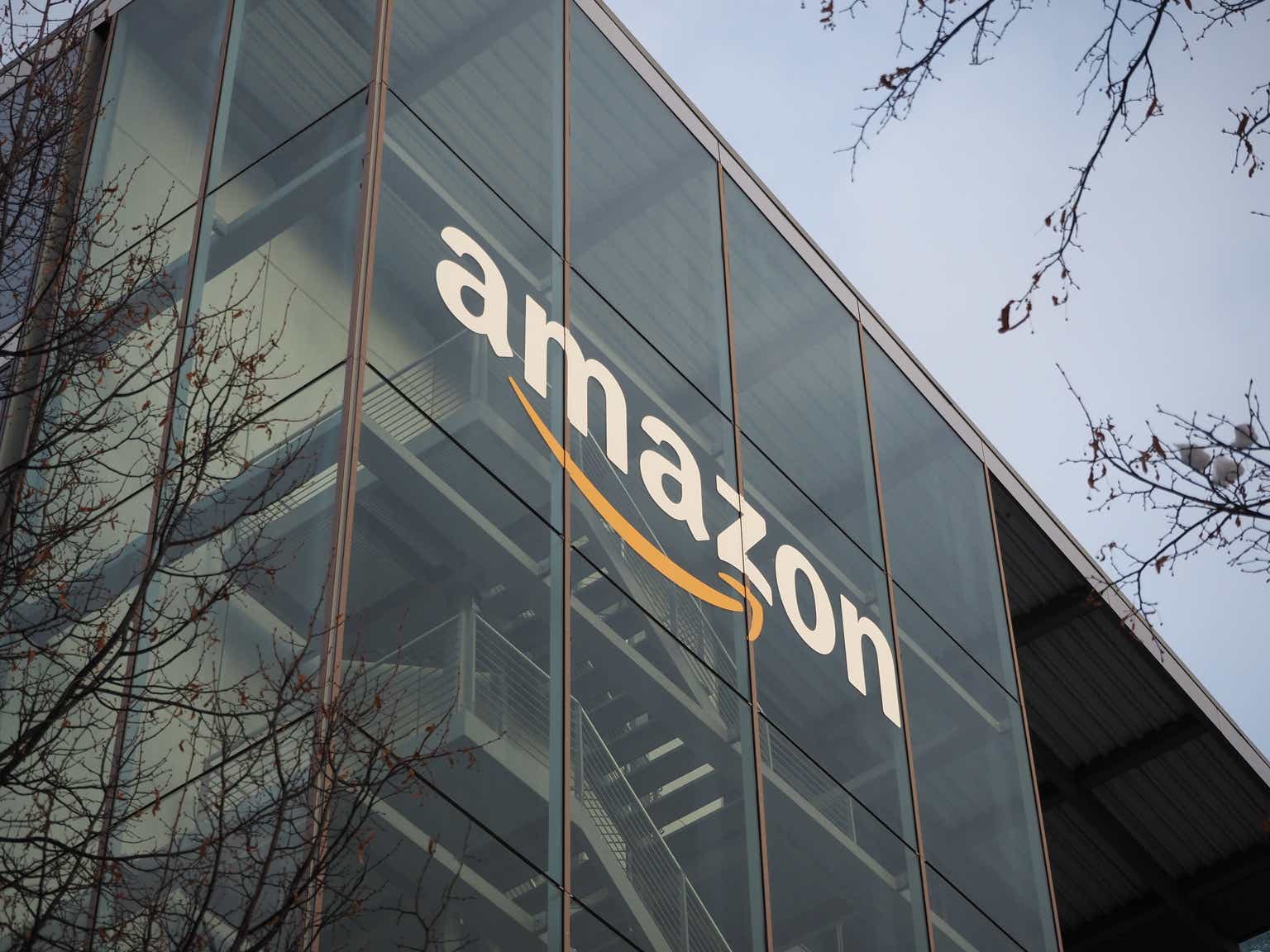



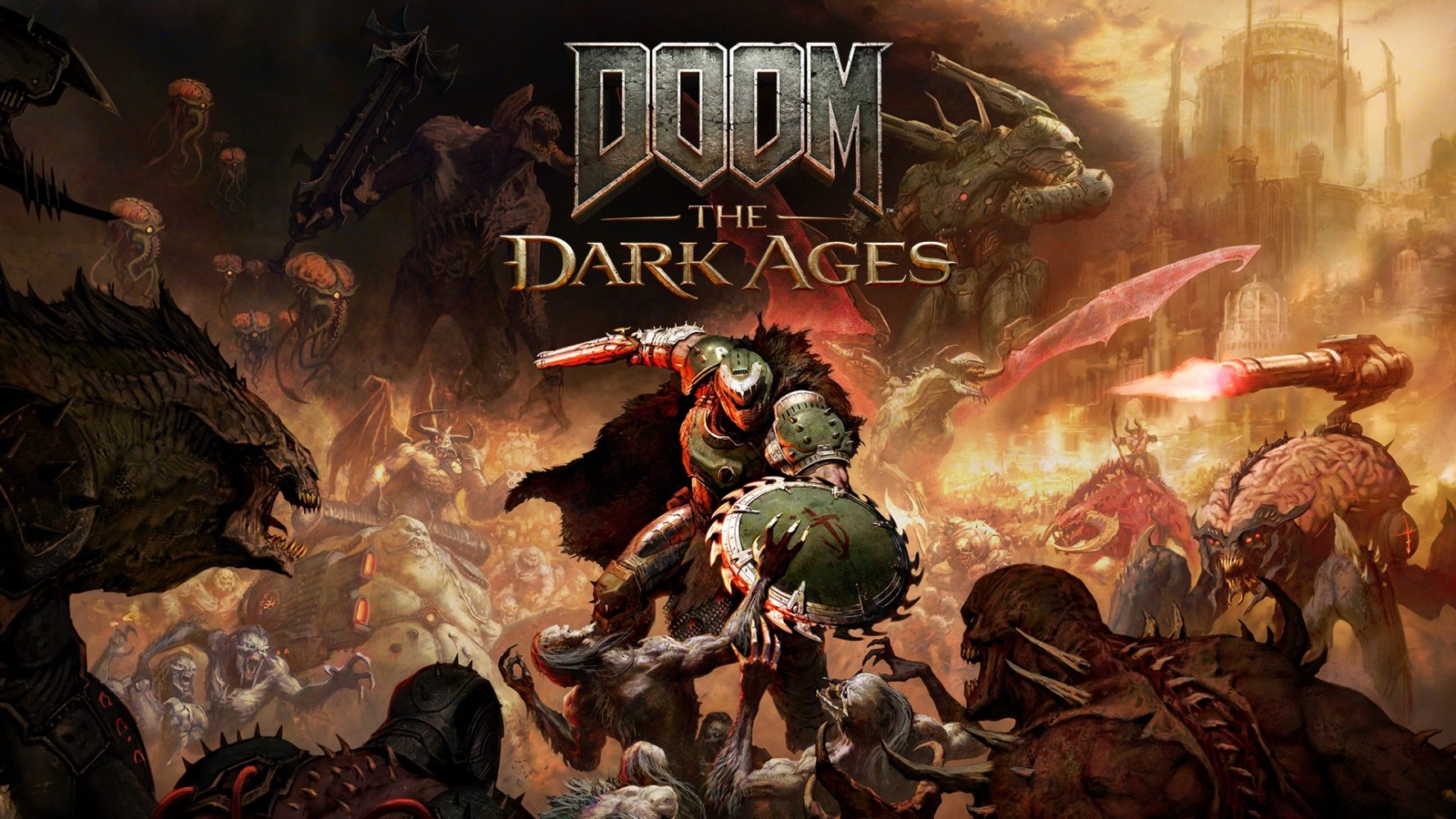






![Life in Startup Pivot Hell with Ex-Microsoft Lonewolf Engineer Sam Crombie [Podcast #171]](https://cdn.hashnode.com/res/hashnode/image/upload/v1746753508177/0cd57f66-fdb0-4972-b285-1443a7db39fc.png?#)



